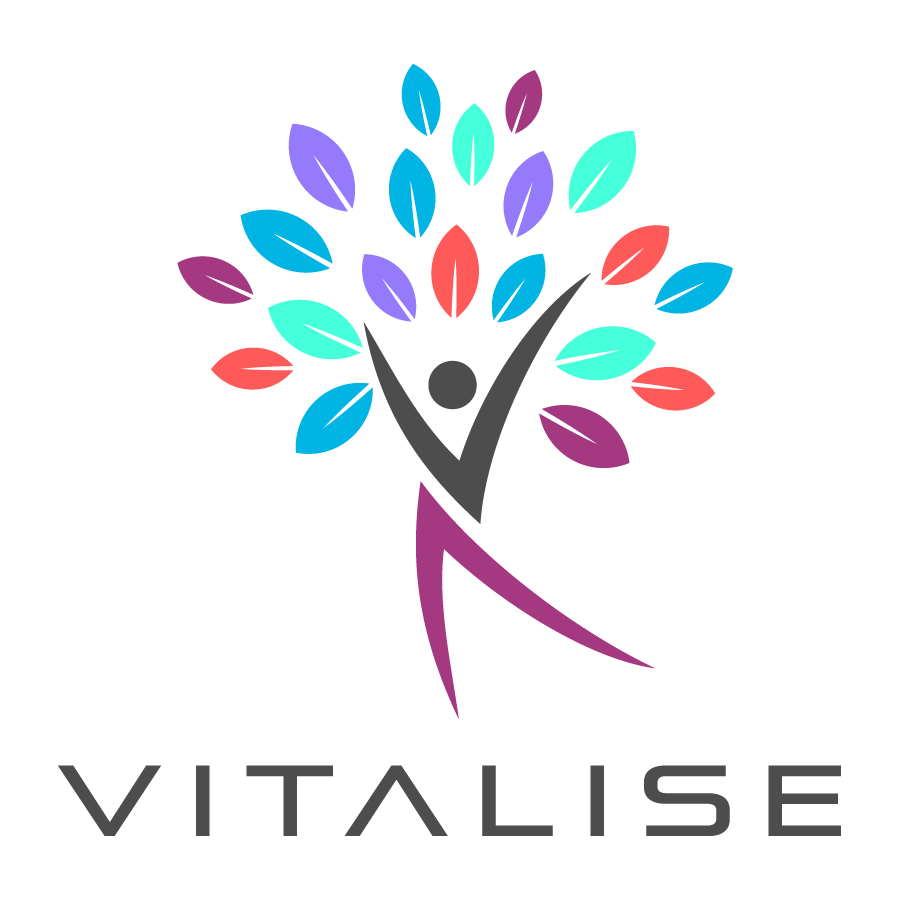This Part presents a taxonomy for identifying and classifying the data that are collected in Living Lab environments and consequently link the devices that are used for collecting each data category. The aim of the taxonomy is to help finding the appropriate digital data collection tools for living lab research and/or expand understanding about available tools and their possibilities. Furthermore, the taxonomy aims to facilitate data collection by driving a unified representation schema of the collected datasets enabling the the cross-organizational collaboration and the accessibility of Living Labs to external stakeholders.
Table: Devices and technologies provided by Living Labs
| | | | Definition |
|---|
| Categories of devices for data monitoring and collection | Environmental monitoring | | Characterize and monitor the environment, establish environmental parameters and conditions. As environment we refer to the person's surroundings either indoors or outdoors |
| Human monitoring | Biometrics | Biological measurements — or physical characteristics — that can be used to identify individuals and their unique characteristics such as fingerprint scanning or voice recognition |
| Electrical Biosignals and physiological monitoring measures | Electrical biosignals, or bioelectrical time signals, usually refers to the change in electric current produced by the sum of an electrical potential difference across a specialized tissue, organ or cell system like the nervous system |
| (Primary) Vital signs | A group of the six most important medical signs that indicate the status of the body’s vital function according to HL7 standard |
| Body size and composition | Measurement of a person's body, used as qualifying elements for vital signs |
| Cognitive ability and mental processes | Measuring the processes involved in the acquisition of knowledge, reasoning and management of information and the brain-based skills we need to carry out any task |
| Activity and behavioral monitoring | Monitoring the individuals' physical activities and tracking their performance. Monitoring behavior and activities of daily living (ADLs) |
| Categories of technologies for interventions | Assistive Technology | | Technologies used to increase, maintain, or improve the functional capabilities of individuals, the feeling of autonomy, safety and general wellbeing or also supporting participation. |
| Extended reality - XR (VR & AR) | | Allows for a two-way flow of information through an interface between the user and the technology through a simulated experience that can be similar to or completely different from the real world |
| Serious Games | | All the digital games that are used as interventions for health and wellbeing not including XR |
-
Table: Devices and technologies - Categories and Subcategories
| Category | Subcategory |
|---|
| Environment monitoring | Concentration levels (air pollution levels, humidity, atmospheric pressure, air quality) |
| Technical alerts (e.g. flood, smoke) |
| Environmental Temperature (air or water temperature) |
| Luminosity |
| Audiovisual devices |
| Biometrics | Face recognition |
| Voice recognition |
| Electrical Biosignals and physiological monitoring measures | EEG (electroencephalography) |
| ECG (electrocardiography) |
| EMG (electromyography) |
| Vo2 (maximal oxygen consumption) |
| Blood oxygen |
| Blood sugar level |
| GSR (galvanic skin response) |
| (Primary) Vital signs | Diastolic blood pressure |
| Systolic blood pressure |
| Heart rate |
| Body temperature |
| Respiratory rate |
| Oxygen saturation |
| Body size and composition | body height - lying (measure on a horizontal surface) |
| body weight |
| body measures (fat, mass, muscle, water and bone) |
| circumference measures (head, neck, biceps, waist, hip, chest, forearm, thigh and calf) |
| Body Mass Index |
| Cognitive ability and mental processes | cognitive tasks and paradigms |
| memory |
| processing speed |
| attention |
| Activity and behavioral monitoring and tracking | walking speed |
| orientation |
| human body location (indoors or outdoors) |
| movement monitoring |
| human balance |
| physical activity level |
| physical performance |
| sleep |
| steps |
| stress level |
| physical performance |
| technology usage habits and patterns |
| fall detection |
| gesture recognition and detection |
| Assistive Technology | reminders & alert |
| coaching |
| training |
| walk assistance |
| support activities of daily living (ADLs) |
| natural language understanding |
| Extended reality – XR (VR & AR) | Virtual reality (VR) |
| Augmented reality (AR) |
| Serious Games | cognitive gaming |
| physical gaming - exergames |
| educational games |
